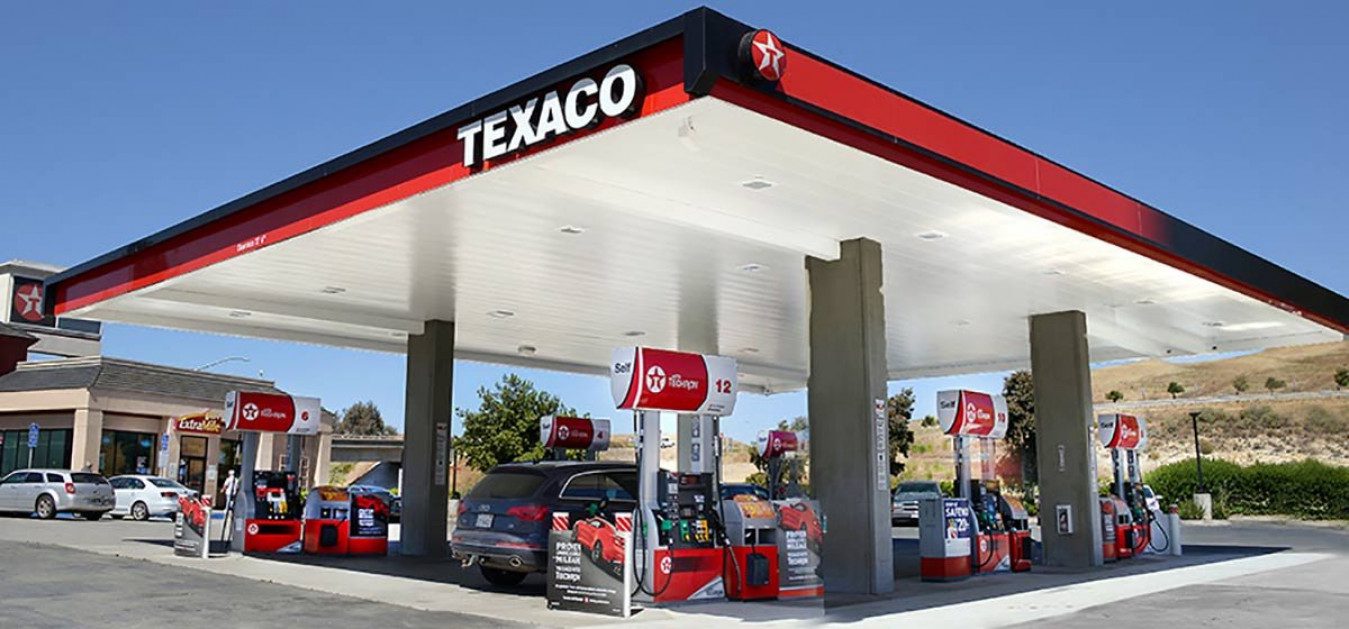
Ipiranga relaunches Texaco stations in Brazil
Ipiranga, a fuel distributor of the Ultra group, will relaunch Texaco stations in Brazil with the aim of increasing the sales volume of additive fuels. The first unit was launched on the 31st, in Palhoça, Santa Catarina, where two or three more stations are planned for the short term.
With this, the Texaco brand, from the American oil company Chevron, returns to Brazil after 16 years. In 2008, there were around 2 thousand stations of the brand in the country, which were purchased at the time by Ultra itself and transformed into Ipiranga. The new licensing agreement was signed in May of this year.
New model
The next Texaco stations in the country should reopen in São Paulo and Rio de Janeiro in the coming months, always following a new business model for the Brazilian market: the main investor in the physical structure of the units will be the reseller and no longer the distributor (Ipiranga), Ipiranga’s vice president of marketing and business development, Bárbara Miranda, told Broadcast.
“It’s a new paradigm for the Brazilian market. We continue to be responsible for supply and campaign development, but there is greater collaboration between resellers and distributors. This makes the movement easier for Ipiranga and gives more freedom to the reseller, who is not tied to a contract for so long,” says Miranda.
She alludes to the traditional contracts that establish the purchase of fuel from the distributor to offset the initial investment in the unit. “This relationship will be more based on the interest of maintaining the Texaco brand,” she continues.
Exclusivity
In the new model, this “reseller-investor” also gains regional exclusivity to explore the brand. Therefore, in large cities, the tendency is for Texaco to return to the hands of large gas station chains with long-standing relationships with Ipiranga. However, smaller dealers, whose stations fit the expected consumption profile for Texaco, will also be able to apply for the brand.
The premise is that Ipiranga stations will not be replaced by Texaco, but that white-branded units or other brands will be converted to the traditional banner displaying the white star on a red background.
In Santa Catarina, the mission was entrusted to the Galo dealership chain, which has 30 stations in the state. If the dealer waives the right to open a station in a predefined city or area, Ipiranga will be able to move forward with another dealer.
Additives
The focus on expanding the sale of additives, says Ipiranga vice president Bárbara Miranda, has to do with the nature of the Texaco product, which complements Ipiranga’s, and also with the broader scenario of this growing market in the country.
The Techron line (Texaco), says the executive, is known for its attribute of better engine performance, while Ipimax (Ipiranga) is associated with increased autonomy, that is, greater mileage per liter filled. Therefore, there would be no cannibalism between the two products, which together tend to attract a wider range of consumers. Furthermore, with the local relaunch of the stations, Texaco will launch its first additive ethanol in the world in Brazil.
Miranda points out that the national average for sales of additive fuel is 20% of the total volume sold by distributors, which suggests room for an expansion in sales. Today, Vibra and Raízen still alternate at the forefront of this business in which Ipiranga seeks to grow. The arrival of Texaco, under the Ipiranga umbrella, is yet another product to break down and conquer the market.
Ipiranga and Chevron, owner of the Texaco brand, have had a close relationship since 2017, when they created Iconic, a joint venture in lubricants that is a leader in the segment. The expectation is to repeat the success with the return of Texaco stations, another avenue for what Miranda defines as a process of qualified expansion of Ipiranga’s business, which has already opened more than 340 new units since 2023 and will continue to expand under both brands. In recent years, the distributor’s station base has seen a cleanup with the exit of more than 1,000 less profitable stations.
By Gabriel Vasconcelos






















